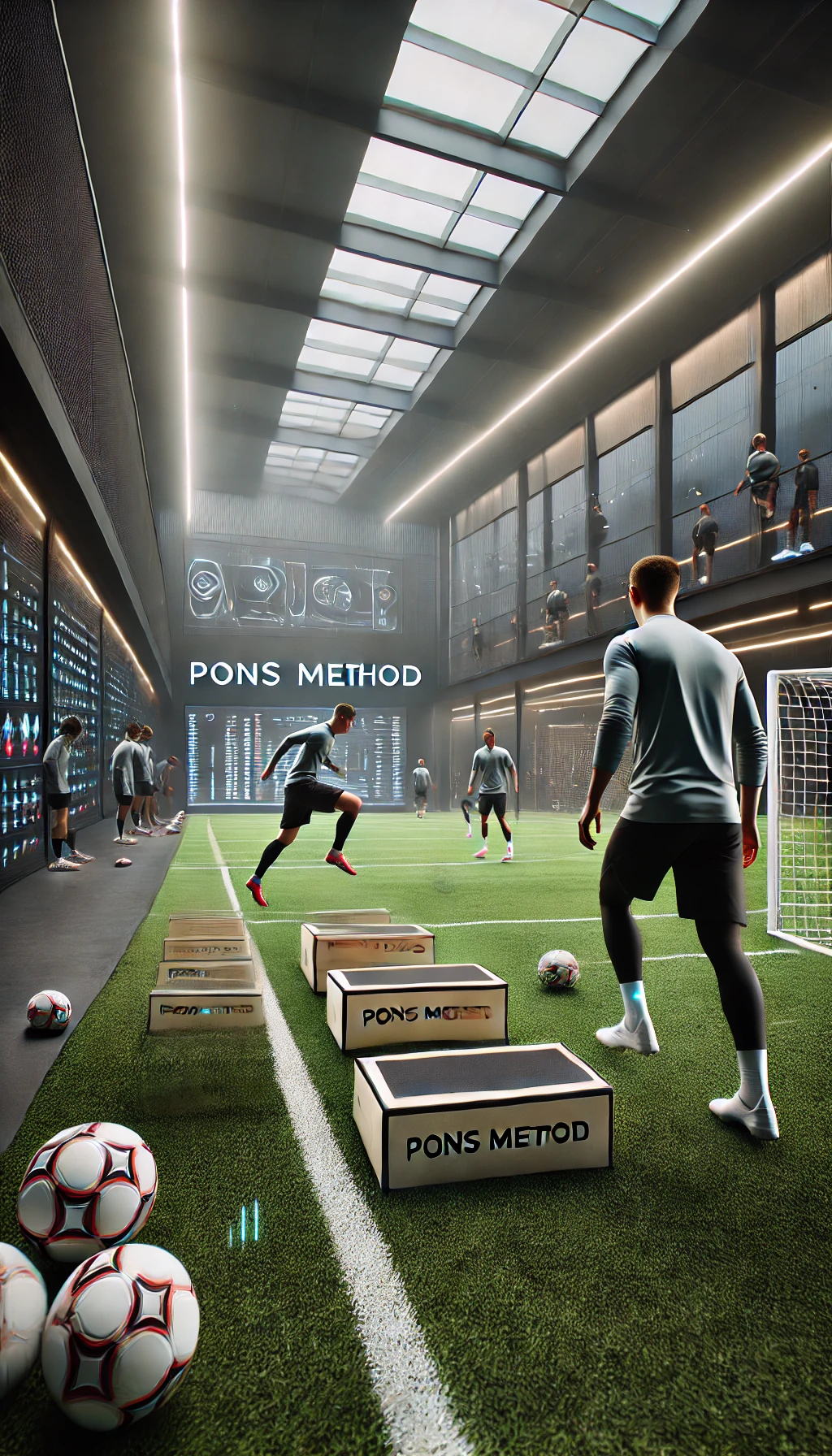In modern football, a great emphasis has been placed on the physical load of players, but the cognitive load and its impact on individual and collective performance has not been studied with the same intensity. Each position on the field and each player profile have a different mental demand, and understanding how to compensate for it is key to avoiding excessive wear and tear and decreased performance throughout the season.
1. Cognitive Load according to the Position on the Field
Each position in modern football demands different information processing:
Centers: High demands in reading the game, anticipation and organization of the defensive line.
Pivots: Greater load in decision-making in transitions and defensive coverage.
Full-backs: High mental wear and tear if they must balance offensive and defensive functions without structural support.
Attacking midfielders: They need high creativity and problem-solving ability in tight spaces.
Each of these positions involves specific cognitive demands that, if not managed well in training, can translate into decision-making errors, mental fatigue and reduced tactical efficiency.
2. Player Balance and Game Compensation
The Pons Method proposes a dynamic balance approach, where a player’s shortcomings in the game model are identified and compensated with strategic adjustments. Let’s look at an example:
🔹 Case: Attacking full-back with defensive weakness If a full-back is very offensive and has little ability to retreat:
His inside midfielder or close midfielder will have to provide more defensive coverage.
This will increase the cognitive load and energy expenditure of the midfielder, since he will not only attack, but will also have to constantly evaluate when to support in defense and when to free up space.
🔹 Impact on team balance If this midfielder is not managed correctly:
His risk of yellow cards increases due to constant efforts in recovery.
His offensive performance may decrease due to accumulated mental fatigue.
There may be greater exposure to errors in defensive transitions.
The problem in many teams is that all players are treated equally in training, without considering this type of asymmetric load in the game model.
3. Personalization of Training with the Pons Method
The Collective Individualization Principle of the Pons Method addresses this problem with an approach that combines:
Analysis of cognitive and physical load by position: Not all players should receive the same type of training.
Differentiated sessions: Tasks are personalized for players who take on a greater mental load in matches.
Biofeedback and monitoring: Mental fatigue patterns are evaluated to avoid overloads and recurrent errors.
🔹 Example of personalization in training:
The offensive full-back will work on automated patterns of withdrawal to reduce the midfielder’s dependence on coverage.
The midfielder who compensates for the full-back’s defensive lack will receive training in mental effort management and cognitive resistance.
Biofeedback exercises will be incorporated to assess cognitive fatigue and prevent players from arriving at the match with overload.
Conclusion
Modern football requires not only correct management of physical load, but also optimization of cognitive load and balance in the game model. Not all players must train the same, and individualization of training is key to maximizing performance and avoiding mental fatigue throughout the season.
The Pons Method allows these aspects to be worked on with a dynamic compensation structure, ensuring that players with a greater mental load receive adequate training to maintain their cognitive freshness and optimize their impact on the team.









Leave a Reply